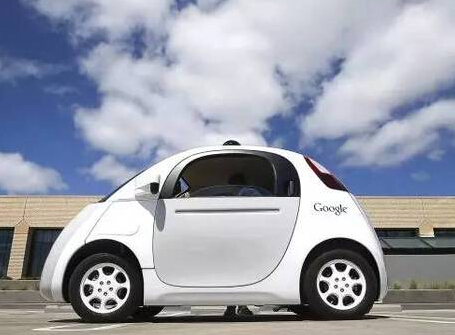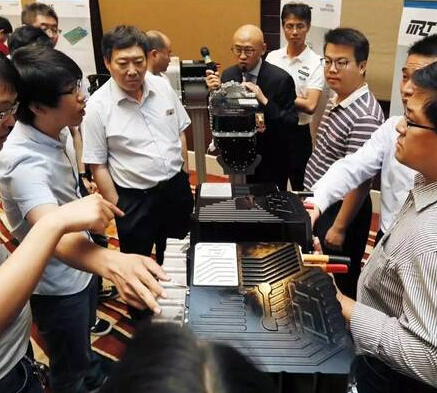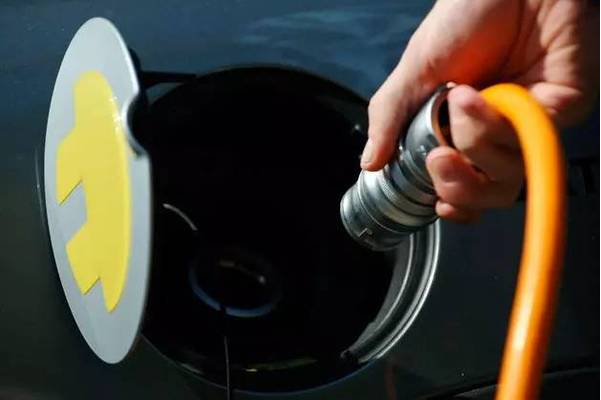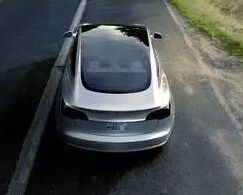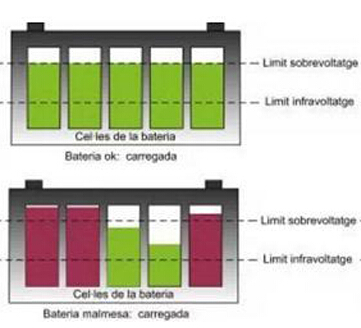The plug-in hybrid electric vehicle itself is a hybrid electric vehicle. The difference is that the onboard power battery pack can be supplemented and charged by the power grid (including the household power socket), and has a long pure electric driving range, and if necessary, still Can work in hybrid mode. The plug-in hybrid electric vehicle (PHEV) combines the advantages of pure electric vehicles (EV) and hybrid electric vehicles (HEV) to achieve pure electric zero-emission driving and to increase the driving range of the vehicle through the hybrid mode.

The hybrid mode of PHEV can solve the problem of pure electric mileage; the battery power is small, and the cost of power increase can be solved after batching; the proportion of battery cost is reduced, and the sensitivity to battery cost is reduced. In the case of no charging, the PHEV saves 30% more fuel than the equivalent weight fuel car, and the PHEV with better performance can save 40% in the CS stage. Plug-in hybrid vehicles can balance the contradiction between subsidies, component prices and mileage demand, which is in line with the national electrification development strategy and is a useful supplement to pure electric platform technology.
Plug-in hybrid electric vehicles have the advantages of low noise and low emissions. The long-distance mileage (such as weekend outings) uses an internal combustion engine-based hybrid mode, and the pure electric mode is used when the travel mileage is short (such as normal commute).
The external power grid can be used to charge the vehicle power battery during the evening low valley, which not only improves the efficiency of the power plant generator set, but also greatly reduces the dependence on oil. At the same time, the electricity is cheaper than the fuel, which can reduce the use cost.
















 RCCN WeChat QrCode
RCCN WeChat QrCode Mobile WebSite
Mobile WebSite